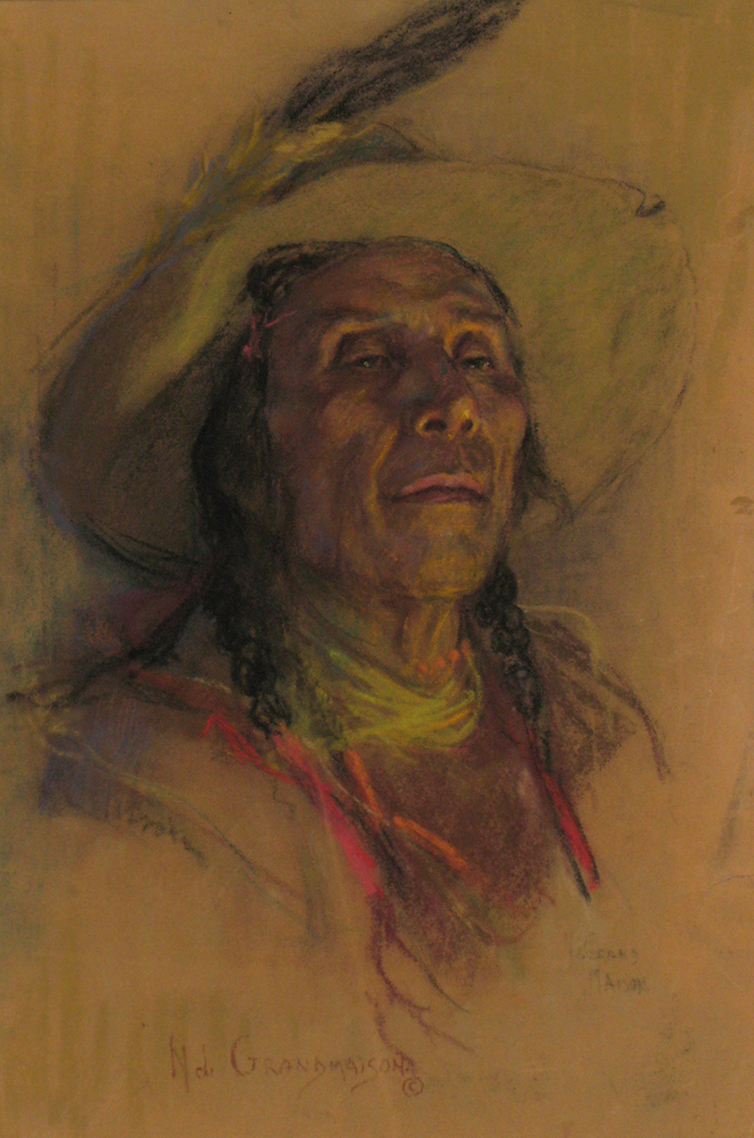Activity 1
Ask if any students have ever gone to the Calgary Stampede. Ask students to create a list as long as they can that describes all the ways the Calgary Stampede Parade is representative of globalization. (If students have not gone to the Calgary Stampede you may want to create the list as a class, research parade entries or watch some videos first.)
List could include:
• International marching bands
• Chinese dragon dancers
• Cowboys from America, Australia etc
• Calgary Brazilian Club
• Scottish Highlanders
• First Nations hoop dancers
• Shriners International
• Etc.
Discuss the Stampede park’s “Indian Village”. Visit the village’s home page and assess if this village contributes positively or negatively to the image visitors to the park have on First Nation culture.
Have students discuss the possible negative impact of such an exhibit and the positive impact of the exhibit.
Visit this link which discusses both sides of the argument. What is the journalist’s ultimate argument? What is the argument the First Nation’s people are making in the video? (The “Indian Village” is a way in which to open communication about culture and respecting it.)
Introduce the perspective of the following interviewee. Listen to his account of First Nation’s people at the stampede. (It wasn’t natural/comfortable.)
Interviewee #1
Activity 2
Split the room. Designate one side of the classroom as a side for those who believe the Stampede, as a global representation of Canada, misrepresents First Nation culture. The other side is for those who believe that the “Indian Village” positively presents First Nation culture to others.
Have students walk to the side they most agree with. Encourage debate and discussion. Would aspects of First Nations culture disappear without a platform such as the Stampede to help encourage traditional dancing, cooking, and living?
Activity 3
Like other cultures, the First Nations cultures in Canada adapted to globalization when it took the form of colonialism, new government, new technology, etc. Listen to the following interviewee discuss the change in lifestyle that occurred when globalization and immigration arrived at the Canadian prairies. Specifically discuss changes in the concept of ownership and farming to the First Nations peoples.
Interviewee Part 1
Interviewee Part 2
Ask students to fill in this note taker as they listen.

Introduce Nicholas de Grandmaison to the students. Listen to the following interviewee discuss why de Grandmaison chose to paint First Nations people as they really were and not how the European’s wished to see them.
Interviewee #2
Provide a visual of one of de Gransmaison’s paintings as a reference.

Activity 4
Provide students with their own copy of the newspaper article “Athabasca Chipewyan First Nation makes the best of oil money”
Ask students to underline any mention of a cultural response to globalization.
After students have completed this, ask students to summarize for you the way in which this First Nations community has used economic globalization to help promote their culture.
Activity 5
Using the resources they have been provided during this class, ask students to answer the following question in a written response:
To what extent does the protection of culture depend on the absence of globalization?
Assessment:
Assess student understanding of the impact globalization had on the First Nation cultures through the written response. You may wish to provide students with a rubric or checklist that includes elements of the lesson’s articles which you wish to see addressed in their work.